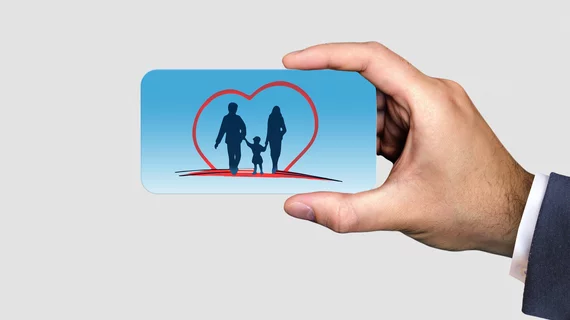Top 20 states for healthcare access
Hawaii is the state with the best overall access to healthcare, achieving high scores for percentages of residents with a personal physician (85%) and children with a medical home (51%) while minimizing counts of patients avoiding a doctor due to cost (7%) and living with an unmet need for mental healthcare (3%).
The findings are from the insurance cost-comparison outfit QuoteWizard, which assigned a research team to analyze data from the Kaiser Family Foundation for the four metrics above.
The overall scores were composites of the four metrics as considered side by side rather than individually.
Along with the state rankings, the company reports some aggregated figures, including:
- In July 2020, 53% of Americans reported negative mental health effects from the coronavirus, up from 32% in March, and 13.8 million Americans reported unmet needs for mental healthcare.
- Only 48.5% of children have a medical home. For children in uninsured homes, the rate of children with a medical home is 27.8%.
- Among adults, 22.8% reported not having a personal doctor. Many of the states with the highest rates of adults without a doctor were more rural, with historically less access to health care.
Here are the 20 states with the best composite access, going by QuoteWizard’s formula:
- Hawaii
- Vermont
- Connecticut
- Massachusetts
- Maryland
- New Hampshire
- Iowa
- Illinois
- Maine
- Nebraska
- Minnesota
- Ohio
- New York
- North Dakota
- Michigan
- Wisconsin
- New Jersey
- South Dakota
- Rhode Island
- Tennessee

